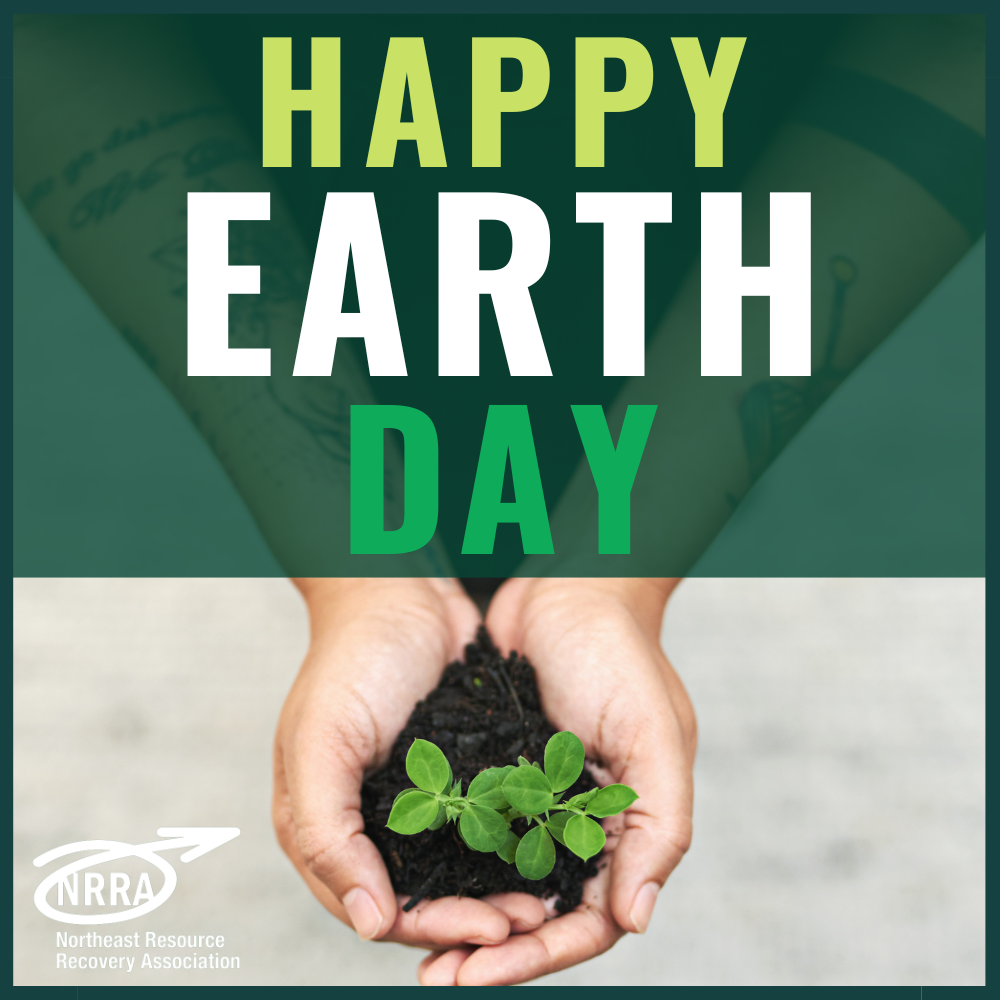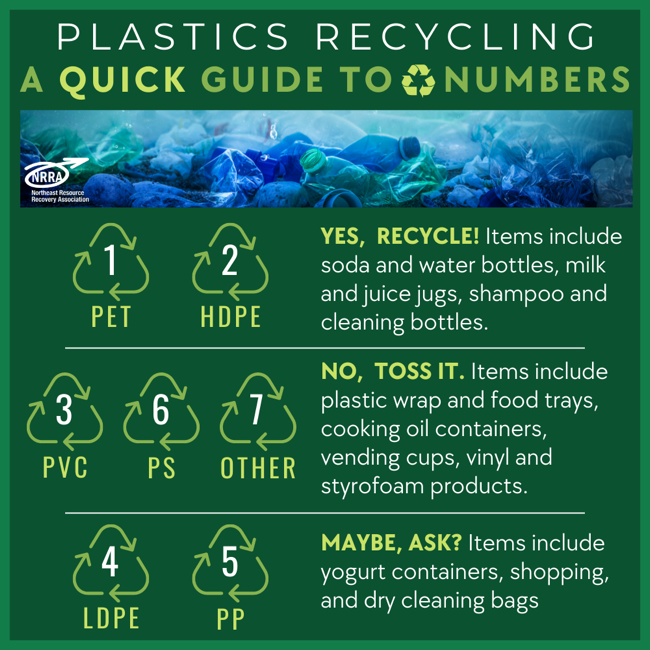Responsible Recycling Interview
This year for Earth Day, NRRA Executive Director, Reagan Bissonnette, was interviewed on responsible recycling. In the spirit of recycling, we wanted to share the interview with you as well. You can find more responsible recycling answers in our Recycle Right pages!
While recycling has become commonplace for most households in the United States, many people still have a very casual attitude toward it. What’s your point of view on the importance of individuals playing their part to recycle?
One person can make a difference when it comes to recycling. Each piece you recycle - no matter how small - adds up. Take, for example, a single aluminum can - recycling just one can save enough energy to run a 14 watt CFL bulb for 20 hours, a computer for 3 hours, or a TV for 2 hours! Recycle a 6-pack and you've saved enough energy to run a computer for more than a day (27 hours). If you and 40 of your closest friends recycle just one 6-pack a month, you'll be saving enough energy to run a computer for a year.
Don't let perfect be the enemy of (or get in the way of doing) good. Each person makes a difference.
Initially, there was a big emphasis on separating recyclables. But across many states we’re seeing glass, cardboard, aluminum, and plastic all thrown into the same containers—does separation matter anymore?
 Recycling can look very different from town to town or city to city. There are two main types of recycling: Source-Separated and Single Stream.
Recycling can look very different from town to town or city to city. There are two main types of recycling: Source-Separated and Single Stream.
SOURCE-SEPARATED: residents bring their recyclables to a transfer station or recycling center and separate the materials there. Some source-separated programs have curbside pick-up of already sorted materials.
SINGLE STREAM: residents put all of their recycling together into one container that is picked up weekly from the curbside or alley.
There are benefits and costs - pros and cons - to both types.
PROS: Source-Separated recycled materials are generally higher in quality and value because there is less contamination. Single Stream recycling is more convenient because all recyclables go into one container, which can mean increased resident participation.
CONS: Source-Separated recycling requires more effort by the resident to separate their own materials and bring their recyclables to a drop-off site or to leave them curbside after sorted. Single-Stream material quality can be degraded due to contamination, resulting in materials being sent to landfills rather than recycled. This can also be a more expensive option, since it requires additional machinery and labor to separate materials.
How much of the material we put in our bins actually makes it through the recycling process? And of the materials that do make it through the recycling process, how much of this output is actually being reused?
 This question is something we more often hear from communities with single-stream recycling, where all recyclables are put together into the same bin and hauled away to a magic recycling facility.
This question is something we more often hear from communities with single-stream recycling, where all recyclables are put together into the same bin and hauled away to a magic recycling facility.
The short answer is yes, the vast majority of your recycling is being recycled. There will of course be cases where recycling contamination creeps in and ruins a small percentage of the recyclable material. This is why when in doubt, throw it out! But again, the majority of recyclables sent to a transfer station or recycling center are recycled.
The approximate contamination rate for source-separated communities is less than 5% and the approximate contamination rate for single-stream communities is between 10-30%. That means that 70-95% of all recyclables are being processed into raw materials! Those raw materials are acquired by companies that then turn those materials into new products or packaging.
The numbers and symbols that are printed or molded onto packaging are supposed to represent recyclability. But besides knowing that #6 plastics need to go in the trash, do these numbers mean anything?
Unfortunately, the “chasing arrows” symbol does not mean something is recyclable. This symbol with a number in the middle tells you what type of resin - or plastic - the item is made out of. This means it can give you a clue as to whether or not it's recyclable. Some numbers, like #1 are often (but not always) recyclable. Other numbers, like #6 (eg. styrofoam cups) or #7 (eg. cell phone cases) are very difficult to process and therefore rarely accepted for recycling.
Here is a quick, general guide to plastics recycling:
YES, RECYCLE! #1 and #2 plastics such as soda and water bottles, milk and juice jugs, shampoo and cleaning bottles.
NO, TOSS IT. #3, #6, and #7 plastics such as plastic wrap and food trays, cooking oil containers, vending cups, vinyl and styrofoam products.
MAYBE, ASK: #4 and #5 plastics such as yogurt containers, shopping and dry cleaning bags.
LEARN MORE about Chasing Arrows and LEARN MORE about Plastics Recycling.
What do you feel is the one thing you wish everyone knew about recycling?
 If you aren’t buying recycled content products and packaging, then you aren’t fully recycling. While many people know how important and impactful it is to recycle for financial and environmental reasons, many are not really be fully recycling. Why? Because even though you may have established a recycling habit to turn in glass, aluminum, plastic, paper, and cardboard, you may not yet actively try to buy products made from recycled materials, closing the recycling loop. For recycling to work, we need everyone—including individuals and businesses—to buy recycled.
If you aren’t buying recycled content products and packaging, then you aren’t fully recycling. While many people know how important and impactful it is to recycle for financial and environmental reasons, many are not really be fully recycling. Why? Because even though you may have established a recycling habit to turn in glass, aluminum, plastic, paper, and cardboard, you may not yet actively try to buy products made from recycled materials, closing the recycling loop. For recycling to work, we need everyone—including individuals and businesses—to buy recycled.



